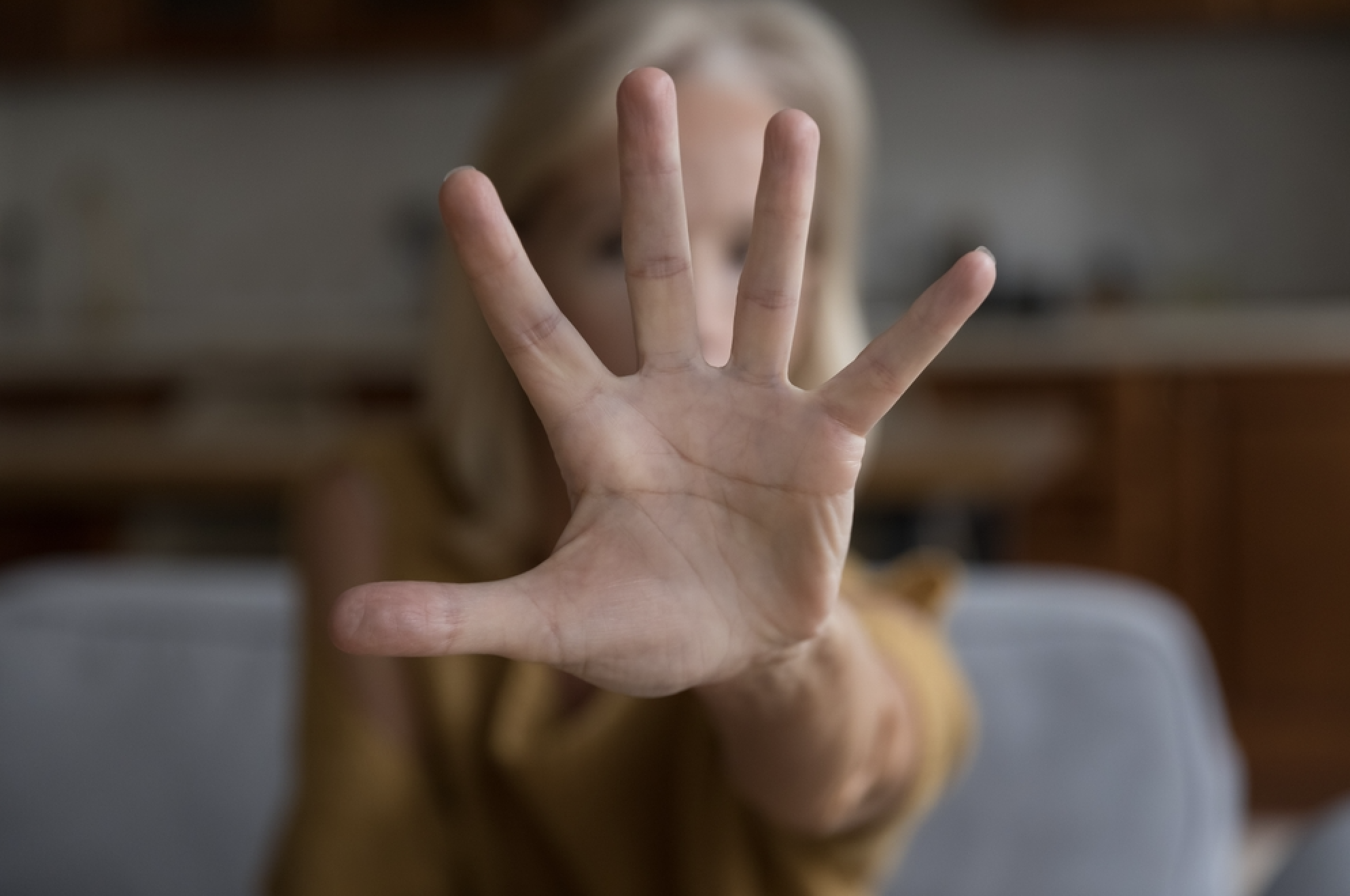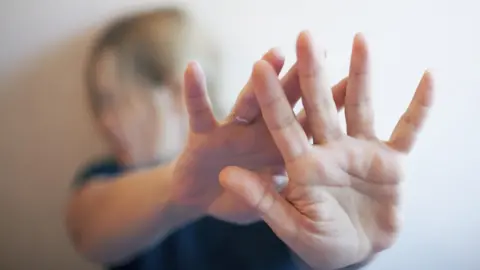Understanding and Combating the Scourge of Domestic Violence
Domestic violence, also known as intimate partner violence (IPV), casts a long shadow across the globe, impacting millions and posing a significant threat to public health and human rights. The World Health Organization (WHO) paints a stark picture: a shocking one in three women worldwide experience physical or sexual violence from an intimate partner during their lifetime. While anyone can be a victim, regardless of background, the disproportionate impact on women and girls demands immediate and sustained attention. This blog post delves into the complexities of domestic violence, exploring its insidious nature, its devastating consequences, and the crucial steps we can take—individually and collectively—to combat this pervasive issue.
Defining the Invisible Chains: What Constitutes Domestic Violence?
A Multifaceted Abuse: Beyond Physical Harm
The Centers for Disease Control and Prevention (CDC) provides a comprehensive definition of domestic violence, encompassing a wide range of abusive behaviors. This isn’t simply about physical blows; it’s a spectrum of control and harm, including:

- Physical Abuse: This includes a range of acts from slapping and pushing to severe beatings causing significant injury.
- Emotional Abuse: The insidious erosion of self-worth through intimidation, constant criticism, isolation from support networks, and manipulative tactics.
- Sexual Coercion and Assault: Non-consensual sexual acts, ranging from unwanted touching to rape, form a devastating part of this complex issue.
- Financial Control: Restricting access to finances, preventing employment, or controlling all spending leaves victims trapped and vulnerable.
- Stalking and Surveillance: The constant monitoring and harassment, whether online or in person, creates a pervasive atmosphere of fear and control.
The lasting trauma extends far beyond physical wounds. Years of emotional manipulation and control can leave deep psychological scars, leading to long-term mental health challenges.
Recognizing the Warning Signs: Identifying the Subtleties of Abuse
Recognizing the early warning signs of domestic violence is crucial for intervention and protection. The National Coalition Against Domestic Violence (NCADV) highlights several key indicators:

- Unexplained Injuries: Frequent “accidents,” bruises, or injuries should raise concerns.
- Isolation: A sudden withdrawal from social circles, family, or work could indicate a controlling partner isolating the victim.
- Behavioral Changes: Noticeable shifts in demeanor, appearance, or personality can signal a victim under duress.
- Controlling Behavior: A partner constantly checking in, monitoring activities, or dictating choices is a major red flag.
- Fear and Anxiety: Observable fear or anxiety when discussing a partner suggests a potentially abusive relationship.
It’s vital to approach these situations with empathy and understanding. Victims often face immense emotional and practical barriers preventing them from leaving abusive situations. Judgment only exacerbates their vulnerability.
The Profound Impact: Health, Well-being, and Societal Consequences
The repercussions of domestic violence extend far beyond the immediate victim. The consequences are wide-ranging and devastating:

- Physical Injuries: From minor bruises to life-threatening injuries and permanent disabilities.
- Mental Health Issues: Depression, anxiety, PTSD, and suicidal ideation are common among survivors.
- Chronic Health Problems: Gastrointestinal disorders, reproductive problems, and substance abuse are often linked to prolonged abuse.
- Socioeconomic Hardship: Job loss, housing instability, and financial dependence often follow in the wake of domestic violence.
- Impact on Children: Children witnessing domestic abuse suffer developmental delays, behavioral problems, and a heightened risk of becoming involved in violence themselves.
Seeking Justice and Support: Legal Protections and Available Resources
Many countries provide legal protections and support services for survivors. These resources vary but often include:
- Restraining Orders: Legal measures to protect victims from further contact.
- Shelters and Support Services: Safe havens providing temporary housing and counseling.
- Legal Aid and Advocacy: Assistance with legal proceedings and navigating the justice system.
- Mandatory Reporting: Procedures requiring medical professionals to report suspected abuse to authorities.
In the US, the Violence Against Women Act (VAWA) offers vital support and protection, while the Istanbul Convention in the EU sets standards for prevention and combating violence against women.

Collective Responsibility: How Communities Can Make a Difference
Addressing domestic violence requires a collaborative effort. It’s not a private matter; it’s a societal issue demanding collective action:
- Education and Awareness Campaigns: Challenging harmful gender norms, promoting healthy relationships, and educating communities about available resources are vital.
- Professional Training: Equipping law enforcement, healthcare providers, educators, and social workers to identify and respond to abuse effectively.
- Creating Safe Spaces: Schools, workplaces, and community centers must become supportive environments where survivors feel safe to seek help.
- Bystander Intervention: Encouraging individuals to intervene when they witness abusive behavior and to support victims in seeking help.
The Digital Dilemma: Navigating Social Media’s Double-Edged Sword
Social media presents a complex challenge in the fight against domestic violence. While it offers valuable platforms for raising awareness and connecting victims with resources, the potential for harm is equally significant. The irresponsible sharing of graphic images or unverified information can retraumatize victims and violate content guidelines. Responsible digital advocacy demands:

- Fact-Checking and Verification: Sharing only verified information from reputable sources.
- Avoiding Graphic Content: Prioritizing sensitivity and avoiding potentially triggering or exploitative material.
- Providing Resources: Including hotline numbers and links to support organizations in all shared content.
- Responsible Hashtag Use: Amplifying awareness without sensationalizing the issue.
A Global Perspective: Progress, Challenges, and Continued Advocacy
The COVID-19 pandemic tragically exacerbated the issue of domestic violence, as reported by UN Women. While awareness is growing, significant gaps remain in access to justice, support services, and survivor-centric policies, especially within marginalized communities. Global initiatives like the UNiTE Campaign and the #16Days of Activism underscore the urgent need for stronger protections and comprehensive strategies.
Conclusion: A Shared Commitment to Ending the Violence
Domestic violence demands urgent, informed, and compassionate responses from all of us. Through education, policy reform, individual support, and collective action, we can work together to create a world free from abuse, where safety and dignity are ensured for everyone. Let’s stand united in our commitment to ending this pervasive global crisis.




